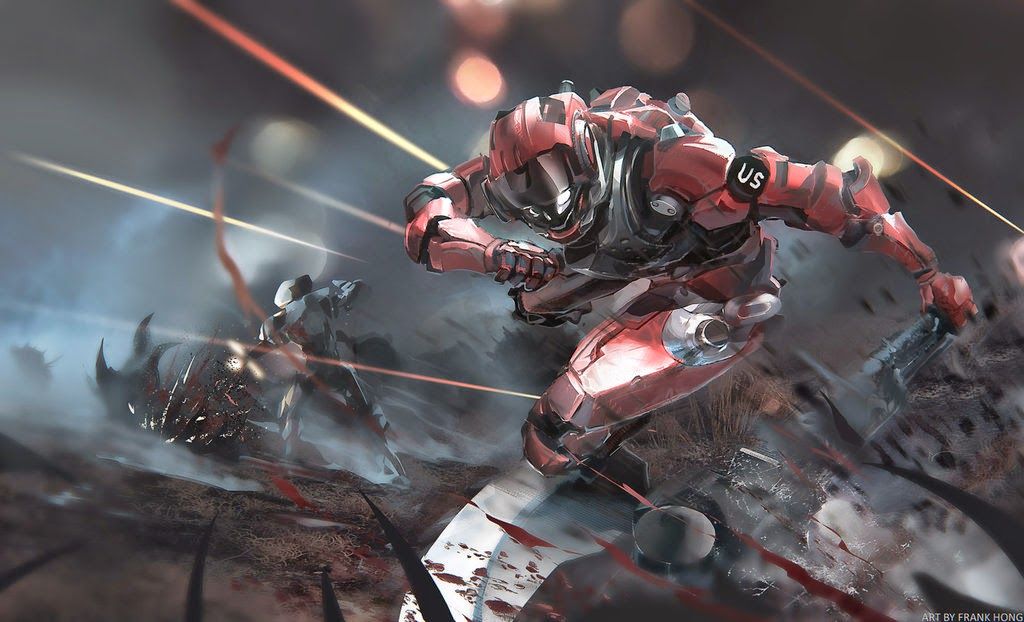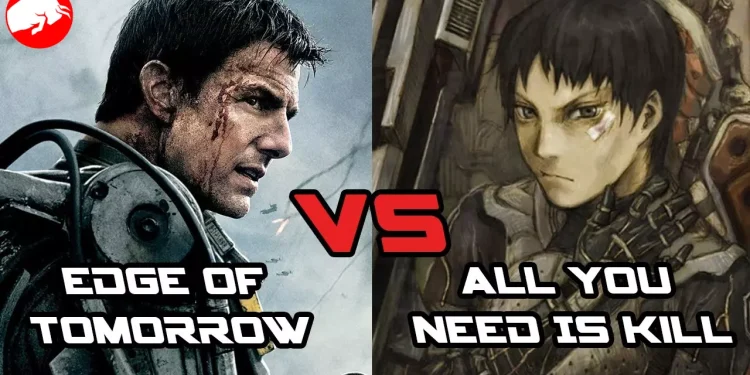Unearthing a cinematic venture’s birth from the pages of a Japanese manga.
Edge of Tomorrow, a 2014 sci-fi action thriller, turned many heads upon its release, marking itself as a notable entry in the genre. Starring the effervescent duo of Tom Cruise and Emily Blunt, the film holds its root in a far-eastern light novel by Hiroshi Sakurazaka titled “All You Need Is Kill,” which later found its stride within the manga world. This piece aims to unfold the intriguing journey from Hiroshi Sakurazaka’s penned thoughts to the enthralling roller-coaster ride Tom Cruise embarks upon on the big screen.
Delving into the Source: “All You Need Is Kill”
“All You Need Is Kill” was the cradle of creation where it all began. Penned down by Hiroshi Sakurazaka, the narrative found a new avenue when it was translated into a manga series crafted by Ryosuke Takeuchi and Takeshi Obata. The manga thrived in the Weekly Young Jump magazine from January to May 2014 before it was bundled into a single volume, launching in Japan on June 19, 2014.

Unveiling The Core Narrative of Edge of Tomorrow
The core plot swings around a young soldier, Keiji Kiriya, who finds himself caught in the snare of a time loop amidst an alien onslaught. Each reset sharpened Keiji’s skills, with the seasoned warrior Rita Vrataski by his side, delving deeper into a method to put an end to the invasion and the time loop.
Transcending Borders: Manga’s Journey Westward
Viz Media brought the manga to the American soil on November 4, 2014, both in print and digital formats, broadening the horizon for the US audiences to explore the narrative which was the foundation of the “Edge of Tomorrow.”

The Silver Screen Adaptation: A New Horizon
The silver screen rendition took creative leeway, manifesting a narrative more fitting to the Hollywood audience. While the core essence remained, several aspects underwent a change. The protagonist’s ethnicity and name underwent a change to William “Bill” Cage, sculpting a more relatable figure for the western audience. Rita Vrataski’s persona was embellished into a legendary figure, known as the Angel of Verdun, diverging from the seasoned warrior depicted in the manga and novel.
A Fork in the Narrative Road
A significant fork in the narrative road was the closure. The film unraveled a more optimistic closure, with Cage and Vrataski vanquishing the alien mastermind, thus breaking the cycle. However, in Sakurazaka’s original narrative and its manga adaptation, Keiji is trapped eternally in the loop, albeit with a shimmer of hope conveyed through transmitted memories.
Edge of Tomorrow… pic.twitter.com/Rs3KgFTSDc
— Vincent Kennedy (@VincentCrypt46) September 22, 2023
Closing Thoughts: A Journey Worth Exploring
The “Edge of Tomorrow” didn’t just teleport the audience into a dystopian future, but it also opened a gateway to the Japanese literature and manga, placing “All You Need Is Kill” into the hands of a global audience. This cyclical narrative, from the pages of a Japanese novel to the tumultuous loops of a Hollywood blockbuster, and back into the manga, exhibits the incredible journey of a narrative across different mediums and cultural borders. Whether a fan of the movie, or a manga enthusiast, delving into “All You Need Is Kill” presents an enriched experience, bridging the understanding between the cinematic rendition and the original narrative. The tale’s unique premise, coupled with a meticulous adaptation, places “Edge of Tomorrow” and its source material “All You Need Is Kill” as intriguing entities, each worth exploring on its own merit.










